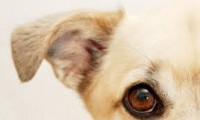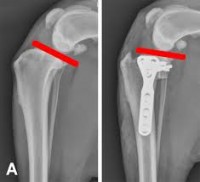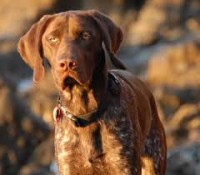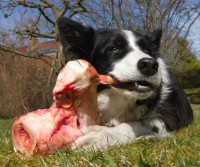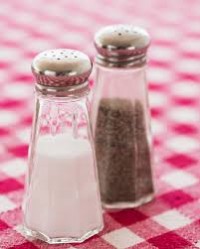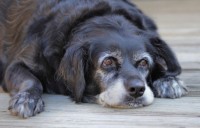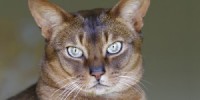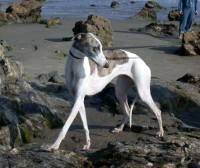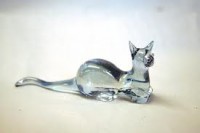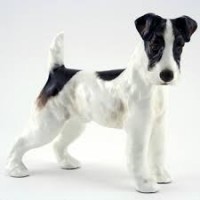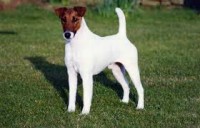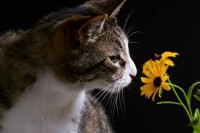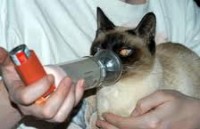Portraits: Ignatia
Tuesday, December 22nd, 2015I realise as I progress through my most prescribed medicines that many cases use a number of remedies over the course of healing.
In order to continue to present portraits of specific medicines from personal experience, it becomes necessary to note instances where the medicine has helped to open or advance a case whether or not it results in complete remission or cure.
There are many cases in which I have used ignatia, St Ignatius Bean.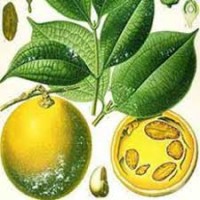
Many of these occasions are as a result of the symptoms being associated with loss, grief or separation from a significant individual. This theme ties ignatia closely to its chronic, nat mur with the intense relationship issues of the natrums.
I have used ignatia as an acute medicine and also as a mainstay to therapy for obsessive compulsive disorder, such as feet chewing in the ‘fluffy whites’.
It is also an important seizure and spasm medicine and has advanced the treatment of epileptic cases considerably. When I think of ignatia I think of ‘spasm’, rarely ‘hysteria’ for which it is associated by early homeopaths and perhaps there are still cases in humans where individuals express hysteria as a sign. Hysteria following the same word root as hysterectomy or vice versa is a female definition and ignatia is largely a female medicine. I find this to be less the case in animals and both genders are equally represented. I find that animals do not express the extreme of emotion unless they have physical brain inflammation and require different medicines like belladonna although hysteria can also be interpreted as an epileptic seizure. ‘Spasm’ has therefore become a more common keynote in my practice with regard to ignatia. In this instance it needs to be distinguished from things like cimicifuga and cuprum.
Containing the alkaloid, strychnine like its associated medicine, nux vom, ignatia is understandably erratic and reactive. These plants themes tie in nicely with the sensitivity expressed in the nervous symptoms and mentals of ignatia. Sometimes it comes down to a choice of animal, mineral or plant remedy. For example, a case I had of a small dog licking herself to granuloma formation and for the rubric ‘occupation ameliorates’, we have the choice of all three in sepia, ignatia and silica with ignatia and silica appearing again in ‘monomania’. Ignatia is often confused with pulsatilla as well since many patient look alike in these medicines and they are both worse for heat. Ignatia is more tubercular and pulsatilla is sycotic which can help to differentiate.
It can assist the choice of medicine to look at what characteristics are most dominant in the behaviour or nature of the patient. I use the simplified keynotes of jealousy/aggression for animal, routine and restraint (autonomy and confidence) for mineral and sensitivity for plants. Of course, we know that all of these qualities are interchangeable but the feel of the case can help to distinguish the most appropriate medicine.
Ignatia cured this dogs behavioural lick granuloma.
A case I especially recall because it remained hidden for years, is one of a chronic skin case that seemed to respond partially to a few medicines but nothing holding or advancing the case. Finally, the owner said to me one day that this dog had never been the same since the older dog died and instantly we had the simillimum in ignatia. A single high potency dose of ignatia cured the chronic skin disease. This experience taught me to ask questions of all cases regarding changes like loss in the history but the other difficulty in veterinary medicine is often the lack of this kind of information or the lack of opportunity to follow cases over lengthy timeframes. Like some of my colleagues I have started using ignatia in cases with uncertain backgrounds of animals from shelters or rehoming, in the chance that these events may be significant to the symptomatology.
In this way, ignatia has also become another avenue for ‘opening a case’ in much the same way as thuja for suspected vaccine involvement and sulphur for cortisone usage.
One of the difficulties I encounter most frequently is the choice of potency.
With ignatia, I tend to use an M for known grief aeitiology and often Lm for skin cases or feet chewing. I also use Lm for post ictal seizure recovery in cases that are not cured and 200 as an acute for laryngeal spasm, cough and muscle spams.
In cases of known grief aeitiology, ignatia has worked very well alone to correct the imbalance in the early mental symptoms of a case including inappetance and has probably averted further pathology. The other interesting parallel I discovered recently is that ignatia is a tubercular medicine and as many of my cases skirt around a range of tubercular remedies without fully curing, I am reminded of the potential for miasmatic therapy. I have started employing tuberculinum in these intractable cases and am eagerly awaiting results.

